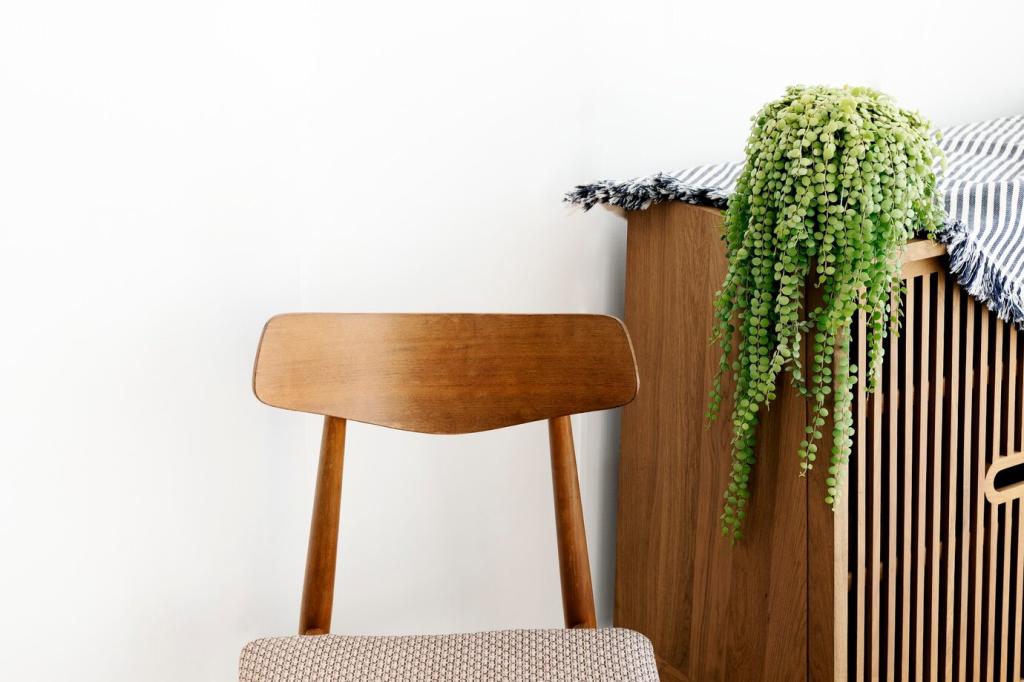Chosen theme: Eco-Friendly Furniture Materials. Explore smart, sustainable material choices that honor your home and the planet. Settle in for practical guidance, real stories, and inspiring ideas—then subscribe and tell us which material you want explored next.
What Makes a Furniture Material Truly Eco‑Friendly
From Resource to Residue
A material’s story begins long before it reaches your living room and continues long after you’re done with it. Responsible sourcing, low-impact processing, and end-of-life pathways—recycling, repair, or composting—are essential checkpoints when judging eco-friendly furniture materials.
Health Inside the Home
Low-VOC finishes and adhesives reduce indoor air pollution, protecting families and pets. Seek panels with no-added formaldehyde, water-based coatings, and certified low-emitting foams. Your lungs will notice the difference long before your eyes do. Ask brands for emissions test reports.
Labels You Can Trust
Look for third-party certifications such as FSC or PEFC for wood, Cradle to Cradle for circular design, GREENGUARD Gold for low emissions, and OEKO-TEX for textiles. Certifications are not perfect, but they reduce guesswork and discourage greenwashing.
Better Wood Choices: Reclaimed, Certified, and Rapidly Renewable
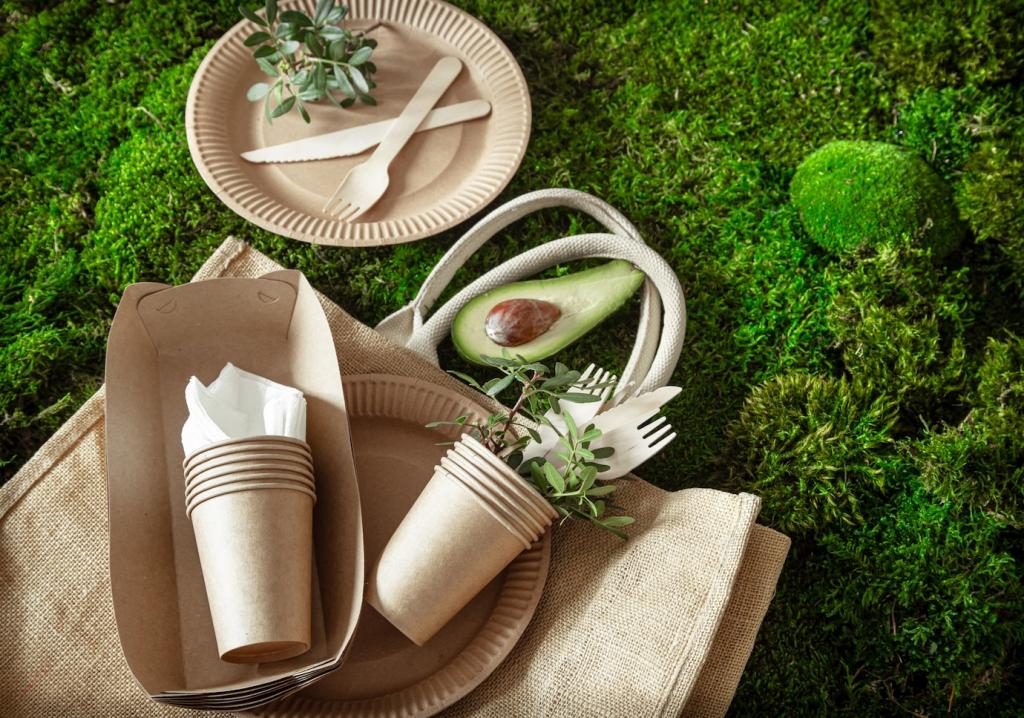
Reclaimed Stories with Character
A dining table made from an old gym floor still bears faint court lines, sparking conversation at every meal. Reclaimed lumber preserves history, avoids new harvesting, and often delivers tighter grain and remarkable stability. Expect nail holes, knots, and soul.
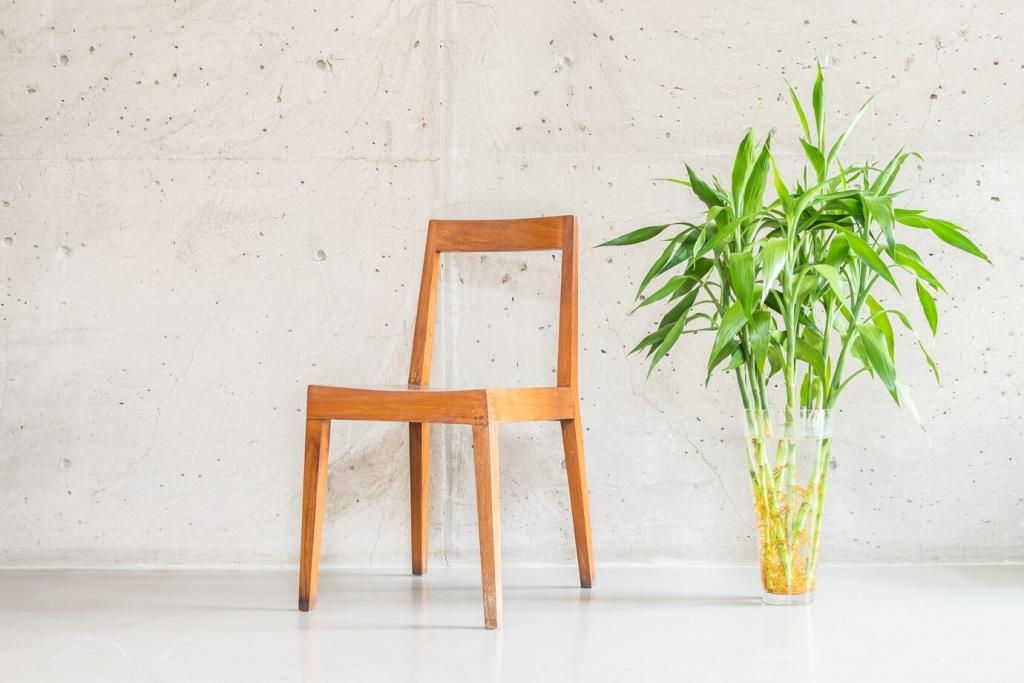
FSC-Certified Hardwoods Done Right
FSC certification verifies sustainable forestry, protecting biodiversity and community rights. Choosing certified oak, ash, or walnut supports responsible forest management without sacrificing strength or beauty. Ask for the certificate code to confirm traceability from forest to finished furniture.

Bamboo, Fast and Strong
Moso bamboo matures in a few years, making it a rapidly renewable option. Strand-woven bamboo rivals hardwood density, while modern, formaldehyde-free binders improve indoor air quality. Verify adhesives and look for factory transparency to ensure bamboo’s eco promise holds true.
Hemp and Flax Panels
Hemp hurds and flax fibers can be pressed with bio-resins into lightweight, rigid panels for chair shells and cabinet faces. They reduce fossil-based plastics while delivering a warm, natural texture. Ask makers about resin chemistry and recyclability before you buy.
Linen and Organic Cotton Upholstery
Linen breathes beautifully and softens with age; organic cotton reduces pesticide exposure and water pollution. Together, they create upholstery that feels honest and inviting. Seek durable weaves, removable covers, and PFAS-free stain strategies, like washable slipcovers and plant-based cleaners.
Recycled Metals and Plastics with Purpose
Steel and aluminum are recycling standouts, retaining strength through multiple cycles. Powder-coated finishes add durability without solvent-heavy paints. When a frame can be separated from its upholstery, refurbishing becomes simple. Ask for post-consumer content percentages and local recycling options.
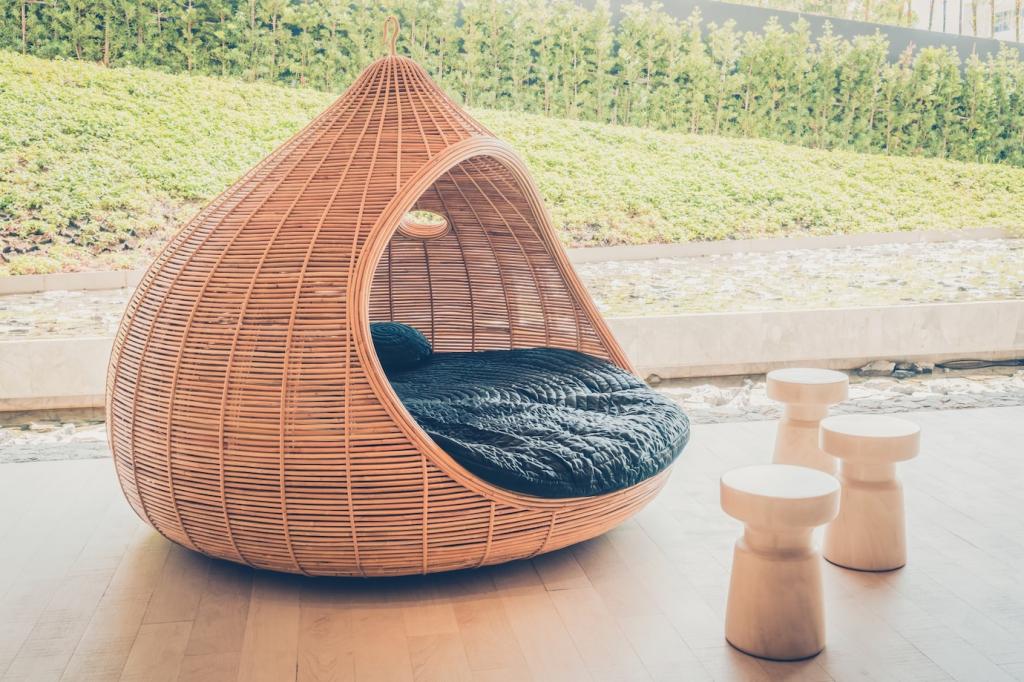
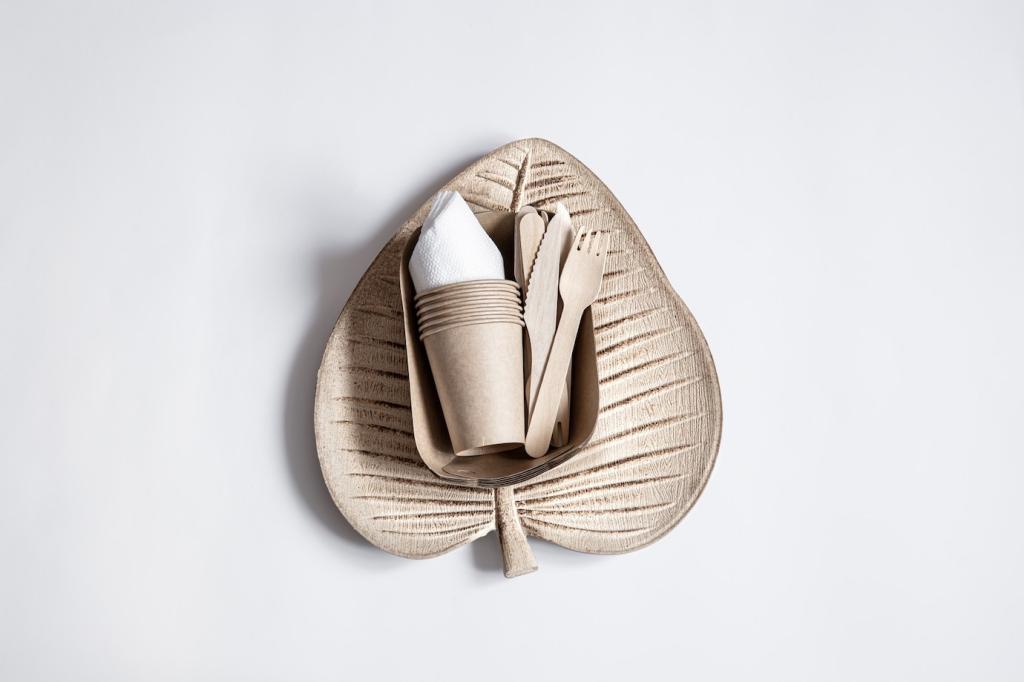
Recycled Metals and Plastics with Purpose
Felted PET, made from recycled plastic bottles, forms acoustically friendly chair shells, screens, and wall panels. It’s moldable, repairable with heat, and often fully recyclable. Choose designs that avoid permanent glues so panels can be refreshed or recycled after heavy use.
Finishes, Adhesives, and Foams Without Fumes
Plant Oils, Waxes, and Waterborne Varnishes
Hardwax oils and water-based varnishes protect wood while letting grain feel alive under your fingertips. These finishes drastically cut VOCs compared to old solvent systems. Request full Safety Data Sheets and maintenance tips, then share your before-and-after photos with our community.
Low-Emission Panels and Adhesives
CARB Phase 2 and TSCA Title VI compliant panels limit formaldehyde emissions, while modern water-based glues reduce odors and off-gassing. When makers design for mechanical fastening instead of heavy glue lines, repair becomes easier too. Always ask about adhesive chemistry.
Natural Latex, Wool, and Coconut Coir Cushions
Foam alternatives can feel luxurious without petrochemicals. Natural latex offers buoyant support; wool manages moisture and resists odors; coconut coir adds spring. Confirm certifications and flame-barrier strategies that avoid harmful additives. Test comfort in person and report your impressions.
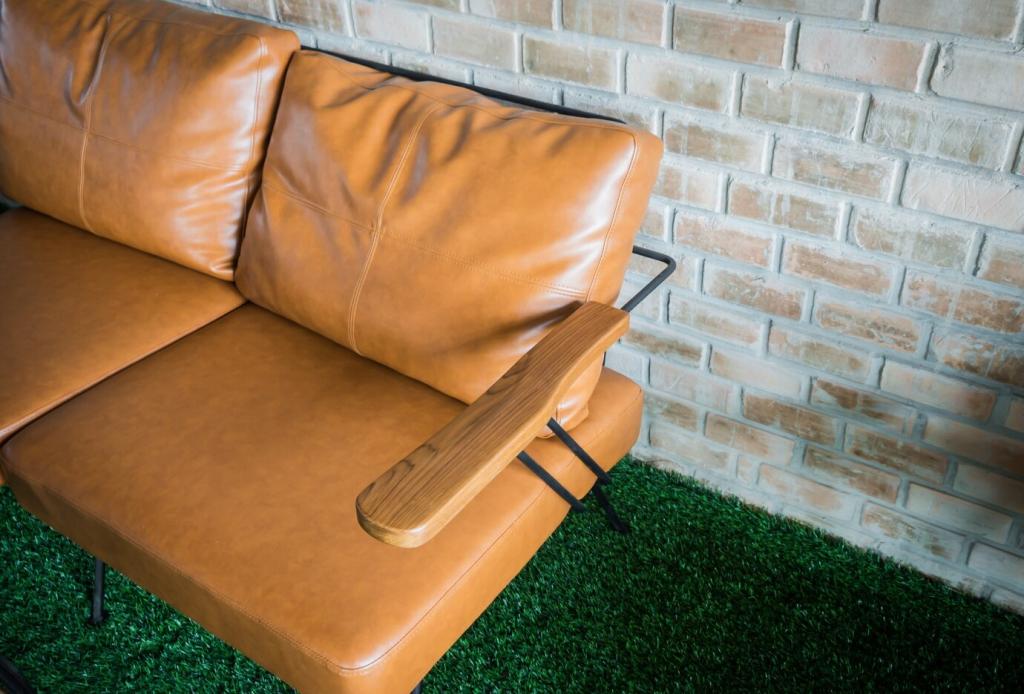


Design for Longevity and Circularity
When furniture uses screws, clips, and labeled parts instead of permanent glues, materials can be separated, repaired, and recycled with ease. Clear assembly guides and spare parts extend life dramatically. Snap a photo of clever hardware you spot and share it.
Design for Longevity and Circularity
A reader wrote us after re-oiling her grandmother’s oak chest with plant-based finish—she cried when the grain glowed again. Repair transforms sentiment and sustainability at once. Choose pieces with replaceable covers and surfaces designed to welcome future refreshes.
Local Sourcing and Radical Transparency
Sourcing regionally reduces transport emissions and often improves accountability. A Virginia maple table or a Catalonian cork stool travels fewer miles and supports skilled craftspeople. Ask sellers where the materials were harvested, processed, and finished—specifics matter far more than slogans.
Local Sourcing and Radical Transparency
Chain-of-custody documentation, batch numbers, and mill certificates let you verify claims instead of trusting marketing language. Responsible makers share these willingly. Request documents, then post a summary for fellow readers so we can create a living library of transparent suppliers.

